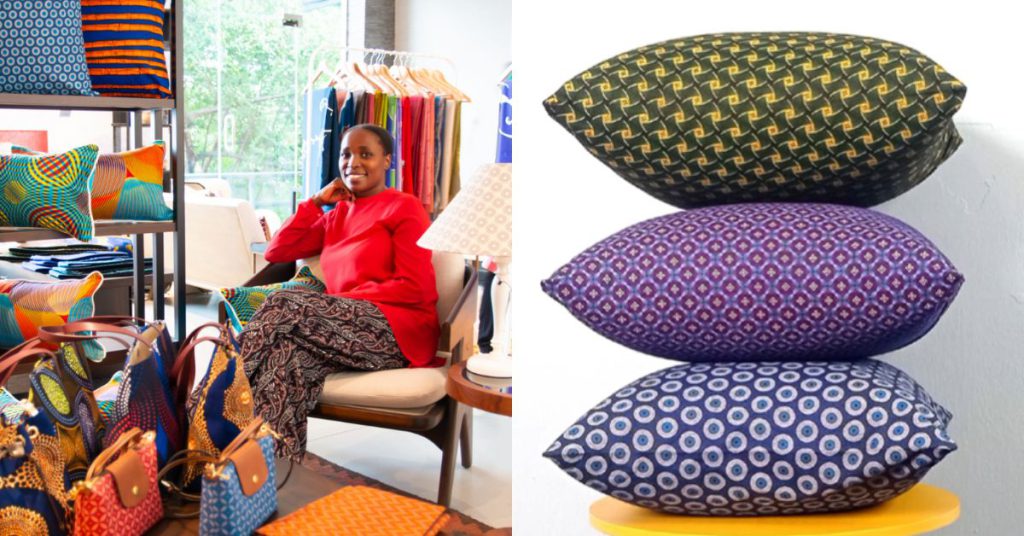Growing up around batik, it wasn’t something that I appreciated until I was older. Since it was such a familiar fabric to me, I never noticed its uniqueness, or perhaps I took its beauty for granted.
Similarly, Asiyah, a Motswanan who has been living in Malaysia for around 15 years, didn’t really appreciate the shweshwe fabric at first. Widely used in traditional Southern African clothing, shweshwe is a printed dyed cotton fabric, often featuring intricate geometric patterns.
Dictionary time: Motswana is the word used to refer to a person from Botswana. The plural, referring to a group of Botswana citizens, is Batswana.
“African prints have always been a big part of our lives in Africa as a whole when it comes to clothing and big celebrations,” she shared.
“I remember I have been a bridesmaid a few times when I was young and in all the weddings, we had to wear baju made from the shweshwe prints or African prints fabric. It wouldn’t be a complete wedding without Jeremane as we call it in Botswana.”
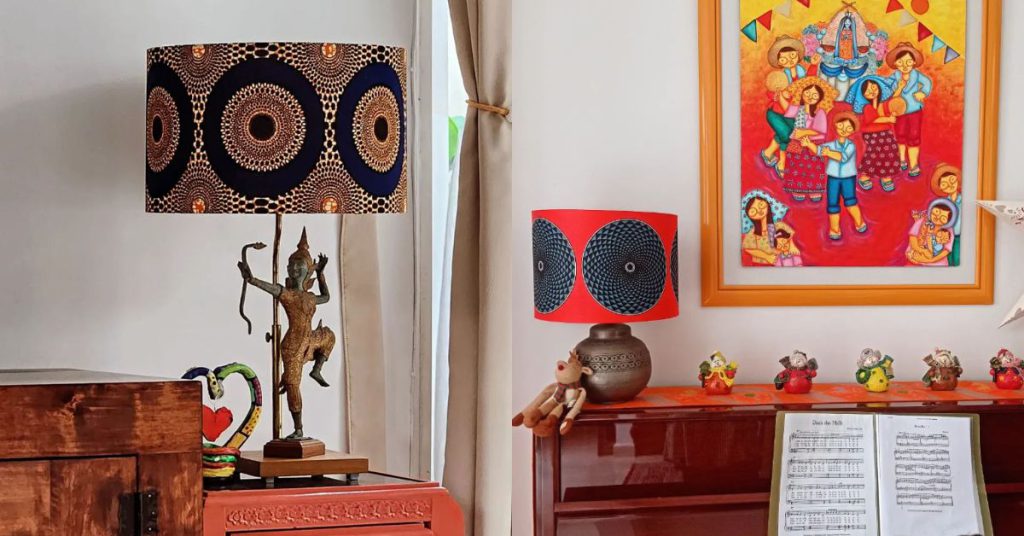
Her familiarity with the fabric meant she never really thought about doing something different with it until she brought her husband back to her hometown to make clothes for their wedding.
Upon going to the shweshwe store, Asiyah’s husband, whom she met while studying in Malaysia, had exclaimed, “Waaaaaahhh cantiknyeeee….”, which means “wow, that is so beautiful”.
The positive reaction resulted in them buying extra fabrics to bring back to Malaysia.
“My husband was so taken by the colours and prints of the shweshwe fabric, and we kept on having conversations on what we could actually do for our house using the fabric in terms of décor,” Asiyah said.
From there, she began getting ideas of turning the shweshwe fabric into various creations. That eventually culminated in her own brand, Lerato, which got its start two years ago.
Introducing something new to Malaysians
Most people in Malaysia likely would have never heard of shweshwe.
However, the founder didn’t doubt that the fabric would mesh well with Malaysians, pointing out that Raya, Diwali, and Chinese New Year are all bright, vivid celebrations.
“I didn’t think African prints will be different from them in terms of reception but of course it is something different,” she said. “So far, they’ve responded well.”
On top of loving colours, Asiyah also believes that many Malaysians are well-travelled and thus can see and accept the beauty of new things such as shweshwe.
Designed and made in Malaysia
As a first-time entrepreneur, Asiyah has been running Lerato together with her husband. Aside from shweshwe, she also carries products made with ankara, another African print that can be found in many countries on the continent, particularly in west and east Africa.
All of Asiyah’s fabrics are imported from Africa, obtained through contacts she made while back home.
“I do have my regular, consistent, and trustworthy suppliers whom I have built a good relationship with over time,” she said.
While fabrics are sourced from abroad, the products are ideated by Asiyah herself and crafted right here in Malaysia by local artisans.
Finding the best artisans to work has been quite challenging, though, Asiyah said. She wants to work with the right people, as she believes work is done easily when you have a certain connection with them and understand each other’s needs and expectations.
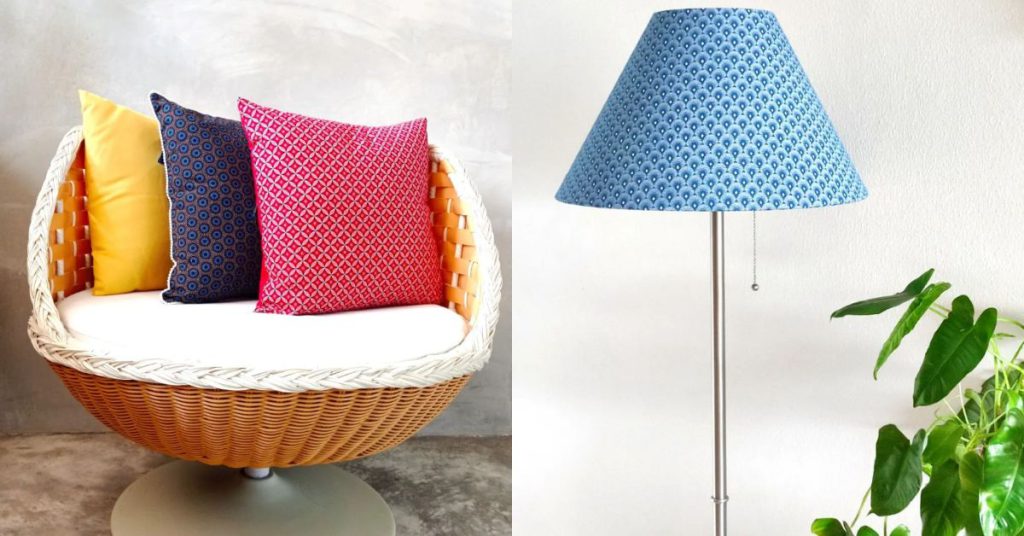
“Some people may say you are fussy just because you have certain standards in terms of work quality, but it’s not about being fussy, it’s more of wanting to offer the best quality to my clients,” she said.
“They pay their hard-earned money to buy so they should get a well-made product in return, so that’s what I stand for in production.”
Larger items such as benches can go for RM1,190 at Lerato, while pillows are sold at RM99. Other products on Lerato’s catalogue include lampshades and pouffes.
There are only very few quantities for each product because Asiyah wants to give her clients a sense of exclusivity.
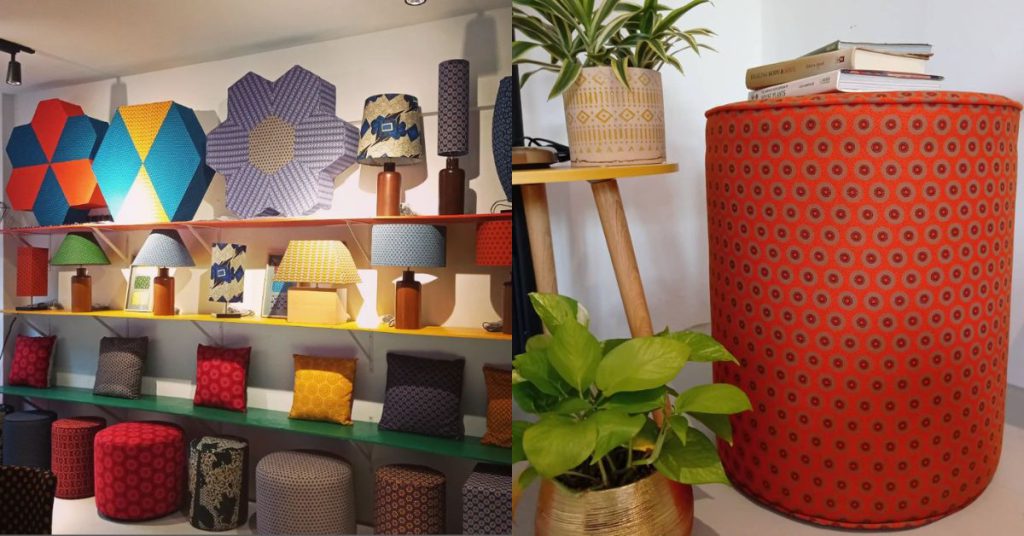
Still a fairly new brand, Lerato has mainly been reaching its audience via social media. To have a more personalised relationship and know her clientele better, Asiyah has also started to take part in a few markets or pop-ups.
Aside from her online store, she has her own mini showroom and store in PJ Millennium Square. On top of that, her products are also available at Metrojaya Midvalley at the time of writing.
Sharing the shweshwe story
For those who have never encountered shweshwe, Asiyah explained that it feels quite hard at first because during production, the fabrics are typically starched to protect them.
“But after one gentle wash they become soft, lovely, and easy to work with,” she shared.
Shweshwe also comes with quite an interesting history, one that Asiyah shared with us.
“To keep it short and simple, the fabric was first brought to the African land by the German settlers who settled in the Eastern Cape and in KwaZulu-Natal,” she began.
She elaborated that it grew popular after it was gifted to a ruler in Lesotho. His name was King Moshoeshoe, which is how the fabric got its name, although some also say that it’s called shweshwe because of a ‘shwe-shwe’ sound it made when women who wore it as a skirt walked past.
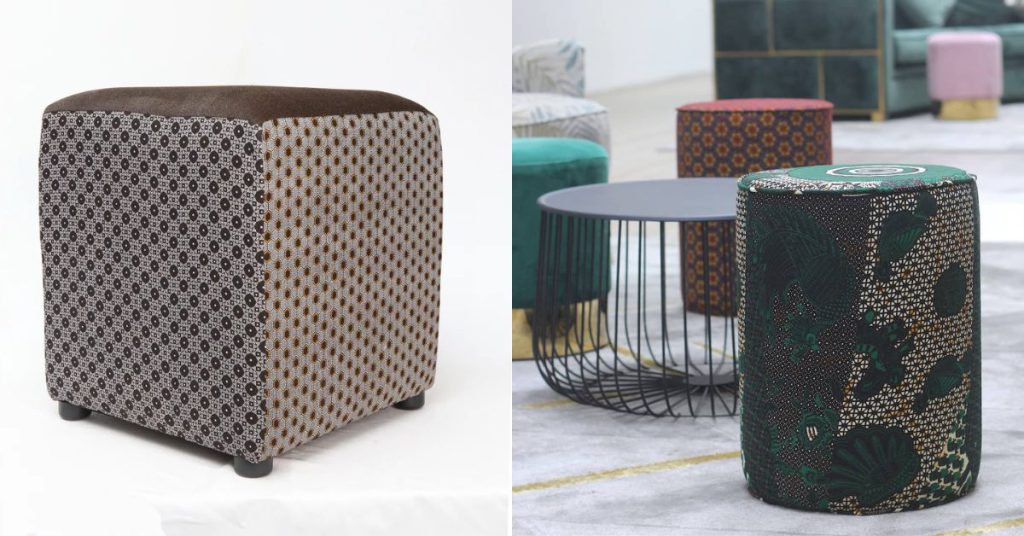
Originally, shweshwe was dyed indigo and only available in blue, but over time has become a vibrant fabric with many colour variations and designs.
“It has become a part of our lives. A heritage, a shared culture especially between Botswana and South Africa,” Asiyah expressed.
“It connects us in a way that I can’t even explain because it doesn’t matter where in the world you might be but the moment you see anyone wearing or holding something with shweshwe or any other African print fabric for that matter, it may be a bag or anything really, we feel connected to that person instantly.”
This connection is something that Asiyah wants to share with others in Malaysia, too, through Lerato and its products.
Featured Image Credit: Lerato



